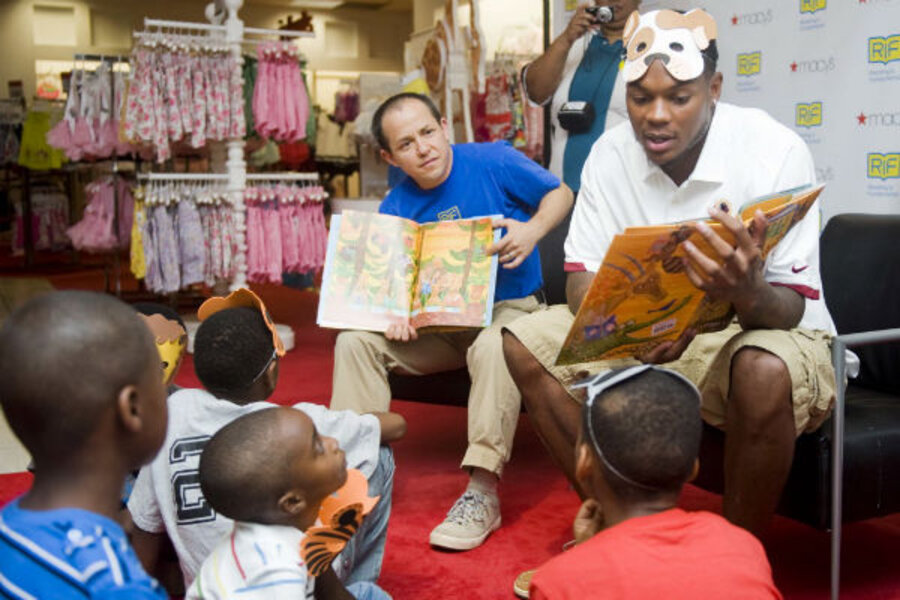Story time means more when adults read 'with,' not 'to' kids
Loading...
While we discourage kids from interrupting in general, letting kids engage in discussion while we’re reading with them may be the key to raising a reader while providing more positive family experiences, according to a new study from Kansas State University.
Reading the study conducted by Bradford Wiles, an assistant professor and extension specialist in early childhood development at KSU, I came to the conclusion it may be time for librarians and parents to put away the bag of “Shhhhh!” and find ways to channel that effervescent curiosity.
The study on emergent literacy draws a distinction between reading “to” a child and reading “with” a child.
“Children start learning to read long before they can ever say words or form sentences,” says Professor Wiles. “My focus is on helping parents read with their children and extending what happens when you read with them and they become engaged in the story,” Wiles is quoted as saying on the KSU website.
Reading “to” is just simply reading the book and a whole lot of shushing from the reader, according to the university's website. However, reading “with” means having adult readers pick up these cues from children and using them to ask them questions to fuel discussion.
As a children’s book author who has read aloud “to, with, for” and sometimes “at” children in schools all over the country for the past 14 years, many a child has raised a hand, bouncing up and down with enthusiasm begging to ask a question in the middle of a tale.
Calling on the child inevitably results in one of two things: either a blank stare of terror because the question’s been forgotten, or an exuberant burble of their personal theory on mermaids, dinosaurs, or talking animals, as in one of my books.
My go-to response is to politely shush the teacher who is shushing the child and use the teachable moment to add a bit of reading comprehension or information about the topic that isn’t in the storybook.
I will often pause on a page and ask the children, “Do you see this map of where the mermaids live here in the city? Has anyone you know ever used a map to get around?”
That’s a group dynamic which is hard to wrangle, whereas at home with our four sons I let our youngest stop and start the reading in order to dash to the computer to look something up if he’s inspired.
“Although his research mainly focuses on 3-5 year olds, Wiles encourages anyone with young children to read with them as a family at any time during the day, not just before going to bed. He also believes that it is okay to read one book over and over again, because the child can learn new things every time.”
That reminded me of the famous American educator, philosopher, and author, Mortimer J. Adler who famously wrote, “In the case of good books, the point is not to see how many of them you can get through, but rather how many can get through to you.”
Wiles is quoted on the KSU site saying, “There are always opportunities for you both to learn and it creates a family connection. Learning is unbelievably powerful in early childhood development.”
I believe people use the expression “introduce your child to reading” because it is meant to be an interactive experience, a meeting that can lead to making more books into “friends,” teachers, and partners in adventures yet to be written.






